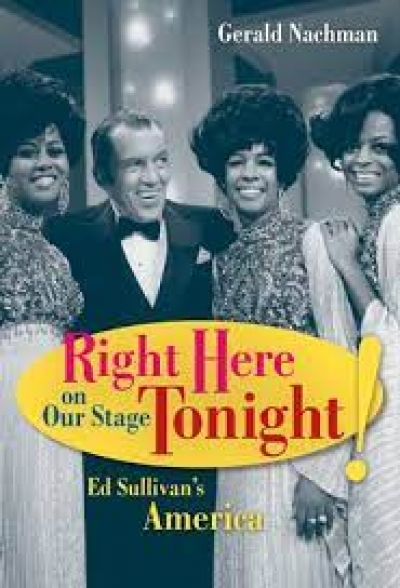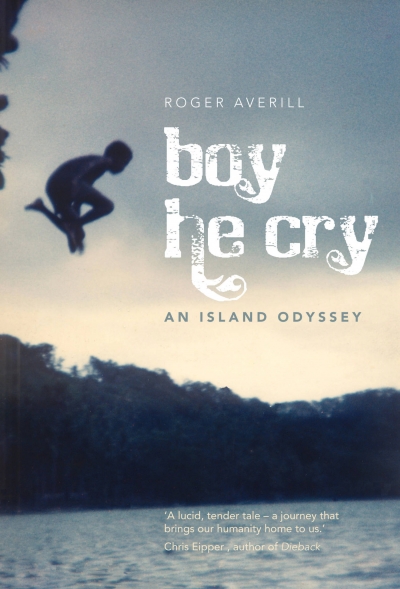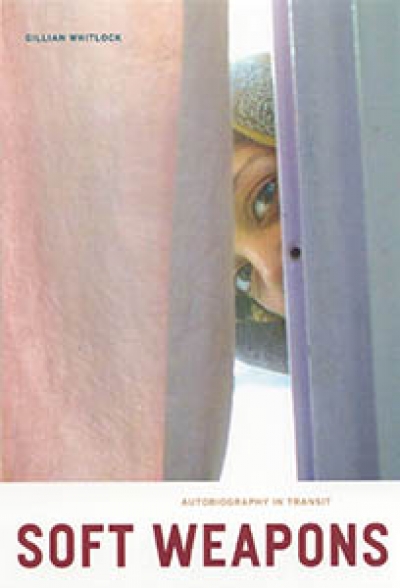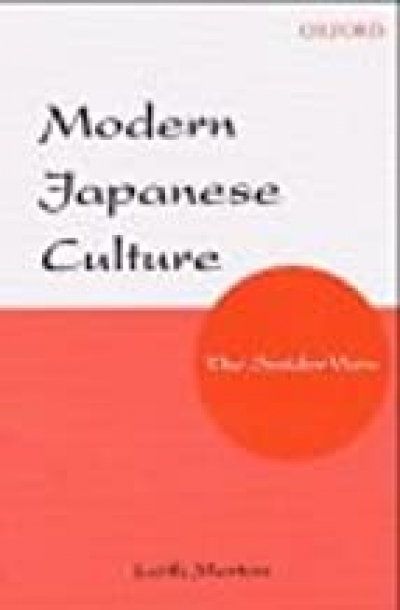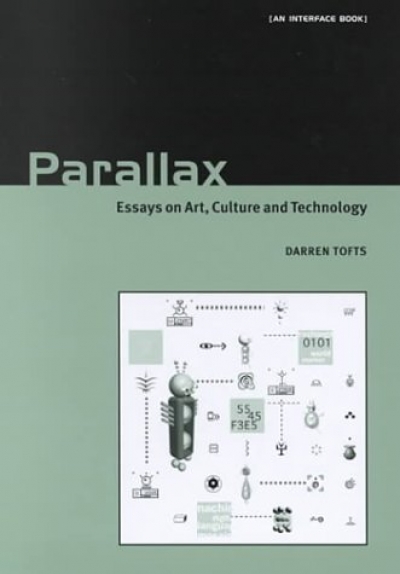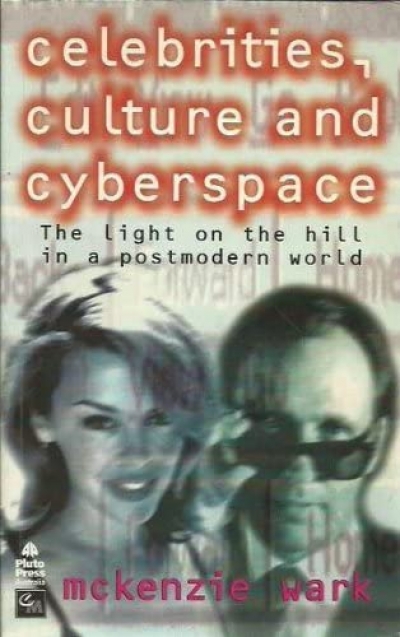Cultural Studies
Piracy: The Intellectual Property Wars From Gutenberg to Gates by Adrian Johns
by David Throsby •
Resourceful Reading: The New Empiricism, eResearch, and Australian Literary Culture edited by Katherine Bode and Robert Dixon
by John Byron •
Right Here on Our Stage Tonight!: Ed Sullivan’s America by Gerald Nachman
by Michael Shmith •
The Darker Nations: A people's history of the third world by Vijay Prashad
by Brian Stoddart •
Modern Japanese Culture: The insider view by Leith Morton
by William H. Coaldrake •
Parallax: Essays on Art, Culture and Technology by Darren Tofts
by Edward Colless •


